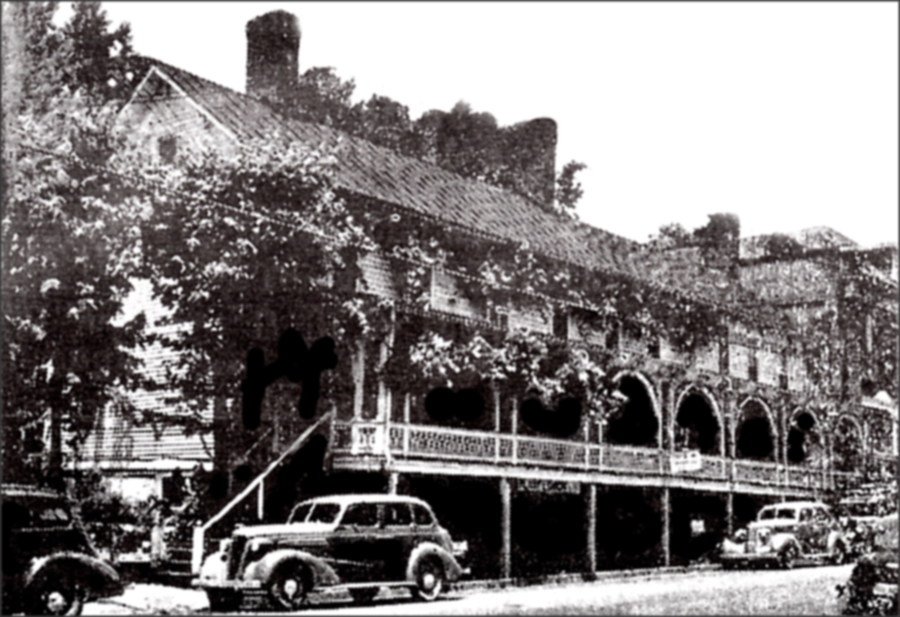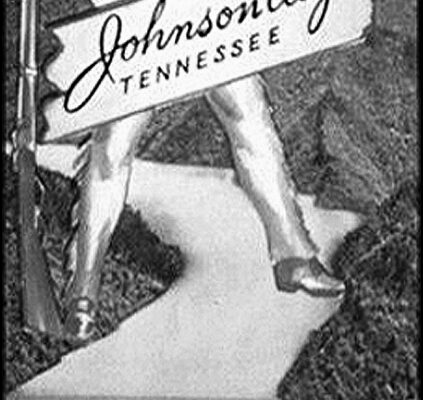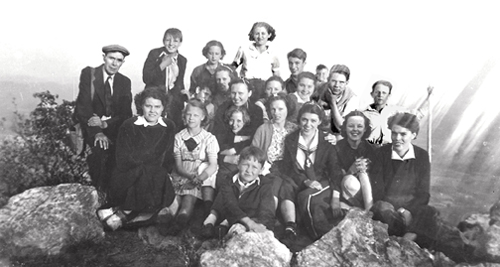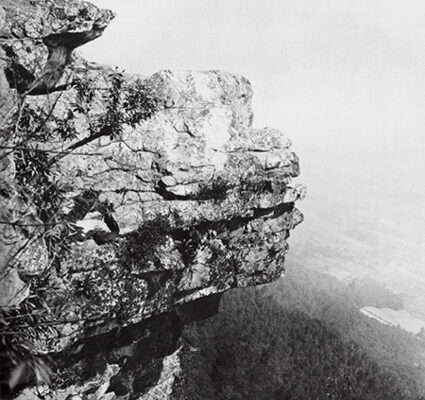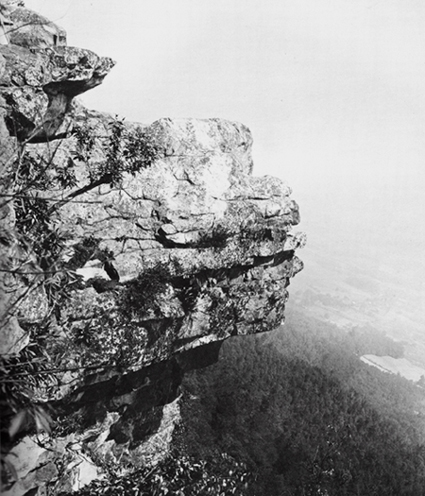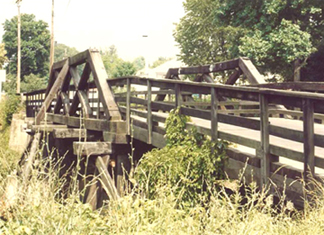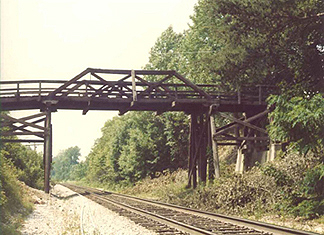Now Is Your Chance!
To Secure A Home Or Make An Investment.
“Read This Twice, Tell Your Neighbor And Then Act. 100 Lots In West Park Addition To Johnson City, Tenn. To Be Sold At Public Action To The Highest Bidder Monday, May 15, 1905. Being A Non-Resident, I Have Decided To Sell Off A Part Of My Real Estate Belongings In Johnson City That I May
Give My Whole Time To Commercial Life.
“Promptly At 10 O’clock A.M., I Will Offer For Sale 100 Beautiful Lots In West Park Addition To Johnson City “To The Highest Bidder And On The Most Favorable Terms.
“Lot Are Generally 50×150 Feet. Streets And Alleys Are Made To Conform To Present City Streets As Near As Possible. City Water And Electric Lights In Park. Ten Minutes Walk Of The Public Square And Churches.ö
JOHNSON CITY
“The intelligent observing public need no booming story of the past, present and future of their growing young city. We have seen it from a water tank station on the ETV&G Railroad called Johnson to a live hustling young city with three railroads and other large corporations, expending thousands of dollars to get the right of way to the city via South and Western or otherwise.
“From a population of 50 to near 8,000, from one little country store to a commercial center, representing wholesale and retail in most all lines. The largest manufacturing interest and payroll between Knoxville and Roanoke. Schools are second to none in the state. Churches are of all denominations.
“Two National Banks, two live newspapers, street railway, electric light plant and water works furnishing the purest water on earth. The largest and finest Soldiers Home in the world, costing over three million dollars and “the half has not been told.”
“Coal on the north, steel, iron ore on the south, limestone in the center. Why not Johnson City be the Pittsburgh of the South in steel plants and manufacturing products. These facts are given with no desire for a boom sale or brass band display, but better than banks. secret drawers and stocking legs.
“Don’t you want a home in a growing young city where you can educate your children in the best schools in the state without money and without price.”
WEST PARK
Mr. Lee J. Longly, writing to a Chicago paper, described West Park as follows:
“West Park Addition to Johnson City, Tennessee, owned by Mr. John L. Davis, of Knoxville, Tennessee, is one of the prettiest to be found in the Valley of the Alleghenies, and its eligibility to the business center, Carnegie and the Soldiers’ Home makes it valuable and desirable for residences. “It embraces forty acres on the west side, but almost in the center of the city.
“Nothing more beautiful or attractive can be imagined for home sites than the clover carpeted mounds and slopes of this property.
“The entire property runs to a gradual elevation that overlooks the entire city and Soldiers’ Home and is relieved of the dirt and noise of down town life.
“The grand panorama of mountain scenery on both sides of the blue grass valley in which the city is located and in plain view of West Park, presents a picture as picturesque and grand as ever “haunted any artist’s dream.”
“No grander view can be conceived than the one from West Park. For miles and miles, the eye can follow the trend of the beautiful mountains and fall back an instant to long sweeps of corn and clover fields of the Tennessee Valley.
“The stiff mountain breeze from the summit of magnificent Roane floats gently o’er the city and kisses coquettishly, purple-tinted clover blossoms on West Park. Surely a more desirable property for home sites could not be found.
“Look the property over and attend the sale. Every lot offered will be sold regardless of price. Seldom do you have a chance to buy gilt-edge city property at your own price.
“Terms: One-tenth cash and the balance payable in 30 monthly installments with six percent interest; 5 percent discount to parties paying cash. For further information and maps, address or call at the Arlington Hotel located in downtown Johnson City Tennessee.
“Title to the above property belonging to Mr. J.L. Davis is absolutely good. We will furnish abstract, make deeds, etc.ö
I will have more to say about West Park in a future article, as well as comment about Lake Tonnewanda West Park on its property.
JOHN L. DAVIS, OWNER
DON’T FORGET THE DAY, MAY 15, 1905
ATTORNEYS: KIRKPATRICK, WILLIAMS & BOWMAN
Do any of my readers know what happened to Lake Tonnewanda, not to be confused with Lake Wataussee (later becoming known as Cox’s Lake on Lakeview Drive)?

